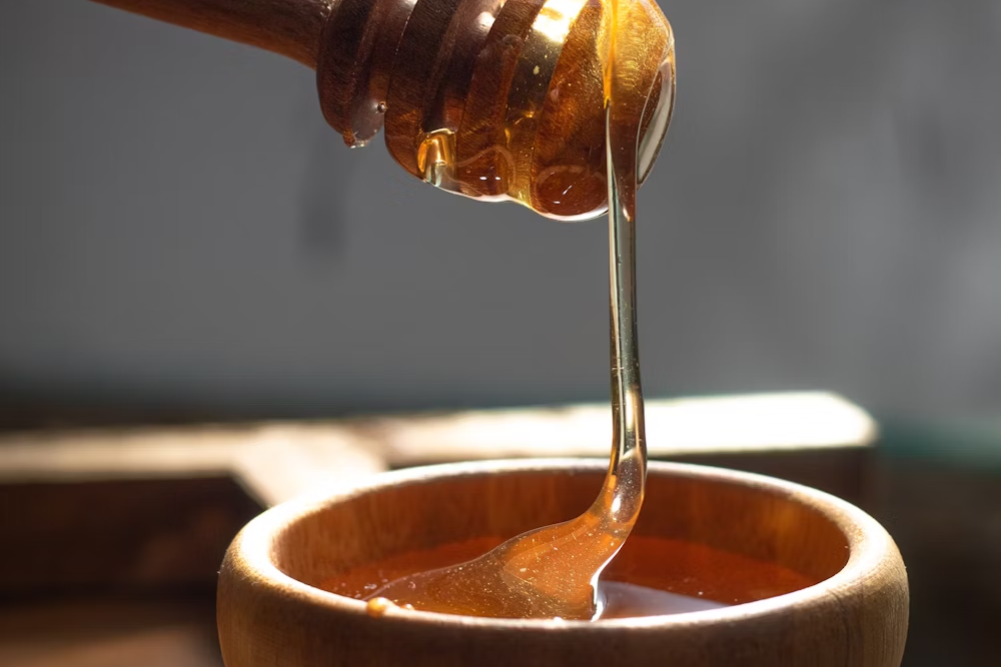Kidney stones
A 68-year-old male presented to the clinic with severe back pain radiating down his side. He had been to his doctor with similar symptoms previously and had been diagnosed with kidney stones. The doctor had treated him, and he had been symptom-free for some time but was now experiencing his third episode of the same problem. As he was in such severe pain, I sent him back to his doctor to disintegrate any stones using a procedure called lithotripsy (the stones are disintegrated by lasers or shock waves, a relatively non-invasive treatment. I requested he then come back and we could work on reducing his risk for further attacks.
We needed to check his blood and urine tests for clues as to the type of stone so we could initiate the correct preventative measures.
He had blood in his urine, but no sign of infection (no protein) and his white cell counts were normal, calcium was within normal range, but urea was high on his biochemistry, and urinalysis showed urine that was more acidic than what is perceived as healthy — indicating that his stones were probably based on excess uric acid. A pH of 5.5 can precipitate uric acid stones (sometimes mixed with calcium oxalate). He had also had a brief history of gout a couple of years earlier but was not on any medication for this. Gout is also a problem with excess urea/uric acid.
Therefore, the focus of our suggestions was to reduce the uric acid and alter the solubility of the urine to one that was more alkaline (dissolved acid).
Diet and drinking
As urea/uric acid is formed by the poor metabolism of protein foods, reducing red meat and concentrated proteins was an initial step and increasing his vegetable intake (low-oxalate vegetables preferably) was recommended. Urea is metabolised in the liver, and with his daily alcohol consumption, his liver function tests (the enzymes ALT, AST and GGT) were quite high, indicating poor liver function.
The next step was to decrease his coffee, sugar and alcohol consumption and to significantly increase his water intake. Drinking three to four litres of water (preferably filtered) per day helps dilute the urine and prevents stones forming. It is also important to keep the urine diluted overnight so drinking water before bed and during the night was also recommended.
Drinking alkaline water (or water with a little bicarb soda in it) was highly recommended to reduce the acidity in water.
Focusing on foods that reduce uric acid was the next step — cherries (particularly cherry juice) and red, blue and blackberries, celery and celery juice were highly recommended daily. Celery is strongly alkalising, as is alfalfa. Apples, carrots, cucumbers, oats, broccoli, bananas and pears were also recommended.
Supplements
Supplements recommended were krill oil, quercetin and bromelain, the methylation factors, as folate, vitamins B6 and B12 are useful to support the correct uric acid metabolism. Magnesium, zinc and a vitamin D3 and K2 supplement were also recommended.
A herb tea was made for him — the tea was added to his fluid intake and is a better option than the extracts for kidney conditions. The main herbs used were gravel root, corn silk, celery seed, dandelion root and devils’ claw — one cup to be drunk three times per day.
Improving gut function is always an issue, so we encouraged him to have oats for breakfast with coconut kefir and add a teaspoon of slippery elm powder to assist in soothing and repairing the membrane damaged by the stones.
The alkalising nutrients and water helped, and about 12 months later, he did not have another attack.








